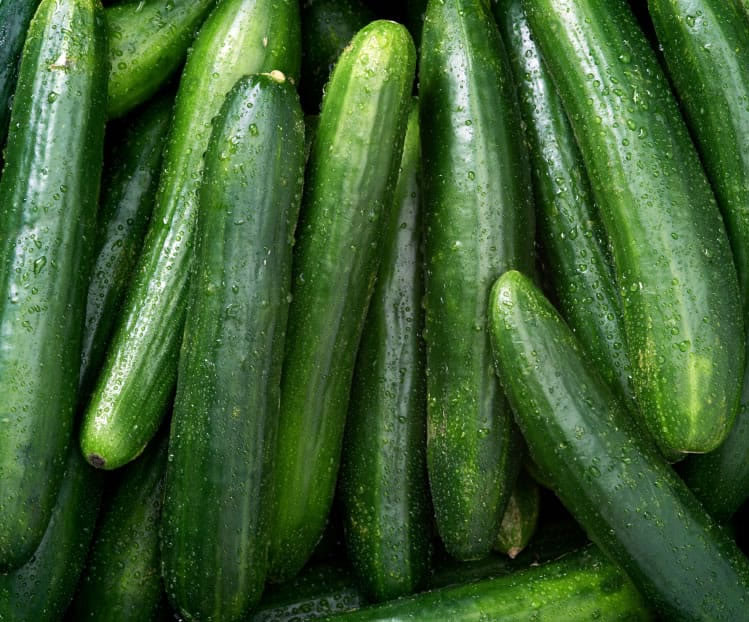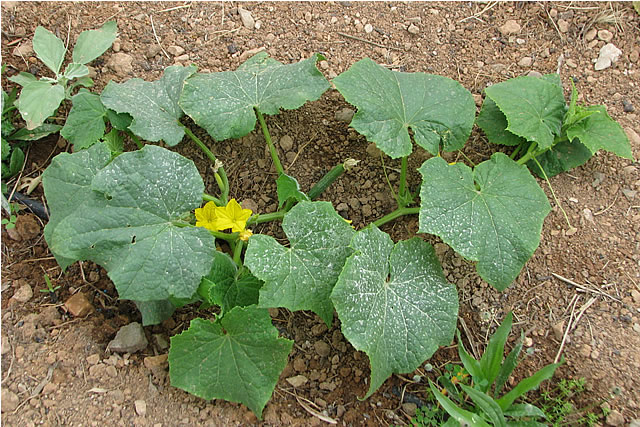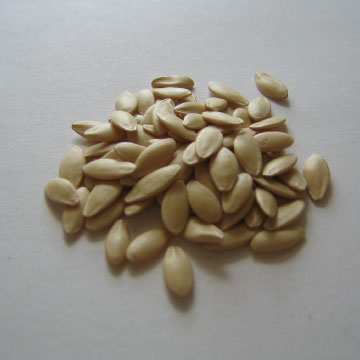
Plant characteristics
Plant Type:
- Vegetables
- Annual
Sunlight Requirements (where to plant related to sun)
- Full Sun or Partially Shade
- Light Shade
Soil Type (type of soil plant needs)
- Soil with Drainage but Wet
Climate Type (how tollerant is to frost?)
- No Frost Tolerant
Fragrant Plant (do flowers have an aroma?)
- No Fragrant Flowers
Difficulty Level (how hard is to cultivate this plant?)
- Easy
Flower Color (what color flowers produces)
- Yellow
Blooming Season (which months blooms)
- May
- June
- July
- August
- September
Showing Season (which months can we sow seeds)
- April
- May
- June
Planting Season (which months can we plant or transplant)
- May
- June
- July
How to grow Cucumbers
The refreshing cucumbers are used in salads and for pickling. Cucumber is a plant that grows large, broad leaves.
The leaves of the cucumber hide the flowers. You can help bees pollinate the flowers by removing the top leaves to make it easier to access the flowers.
Other names for cucumbers
Latin name: Cucumis sativus, Cucurbitaceae family
Greek name: Αγγούρι (single), Αγγούρια (plural)
All cucumber plants initially produce only male flowers. Cucumbers from the first flowers will not produce cucumbers. The female flowers then mature and have small cucumbers at the tip of their stamens.
Any flower that is not properly fertilized will shrivel up. Remove them from the plant so that it can bloom again.
Planting cucumber seeds in a nursery
You can start your cucumber plants by planting the seeds indoors. You should plant each seed in a separate cup so that you don’t disturb the roots during transplanting. Germination is faster if the temperature is at least 21°C. You can transplant the seedlings when the third true leaf starts to develop, about 3-4 weeks after sowing.
Diseases and pests of cucumbers
Cucumbers, like all vegetables, are affected by various diseases, but the problems with this plant come mainly from cultural practices.
As general advice, make sure the plant has enough water, but do not overwater it. Remove any rotting stems or problematic parts of the plant. Do not pour water directly onto the leaves. Use a drip-type watering system.
Information about the soil cucumbers need
Cucumbers love warm soil.
If you plan to sow the seeds directly in the soil, and outside is still cold, you can use ground cover film to keep the soil warm.
If the soil is not warm enough, the seeds will not germinate.
Choose spots where the soil has good drainage and can be seen by the sun. Put some fertilizer in the place where you will plant the cucumber. The fertilizer can be manure, compost or other organic formulation. The ideal soil pH is 5.8 to 7.0.
Cucumbers have nutrient and water requirements. The soil should be moist but not soggy.
Cucumber harvesting tips
To have a continuous production, I advise you to sow cucumbers at 2 to 3 weeks intervals.
You should remove the cucumbers regularly, because if they get too big, the plant will stop producing more.
If you want to have fewer but bigger cucumbers, you can cut off the new flowers so that the plant’s strength goes into growing the fruits. The fewer the flowers, the stronger the existing cucumbers will become.
You can experiment with different cucumber varieties to see how many flowers and cucumbers your plant can support, depending on local conditions (climate, plant variety, soil quality, fertilization).
Cucumber plant

Cucumber seeds

